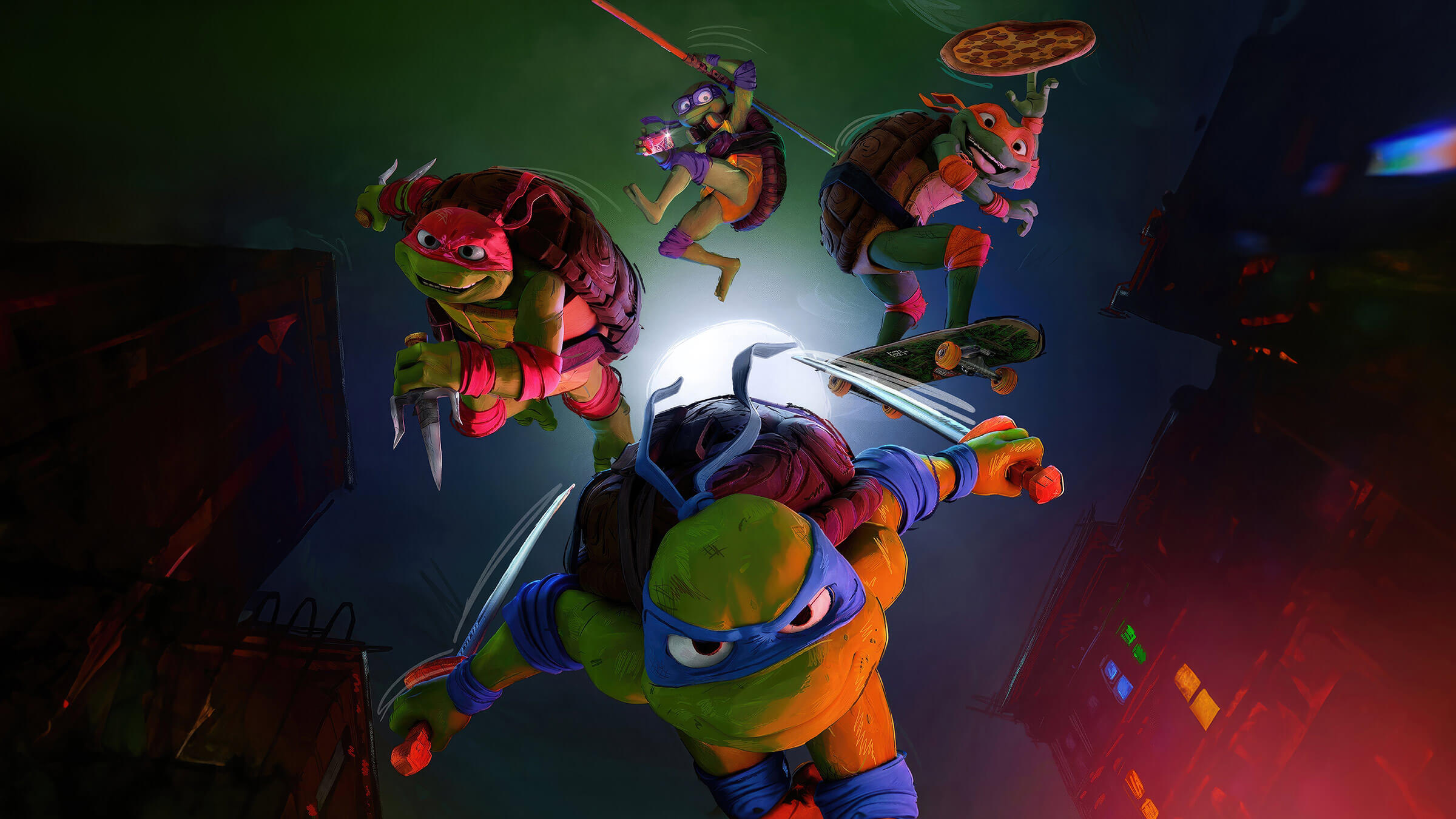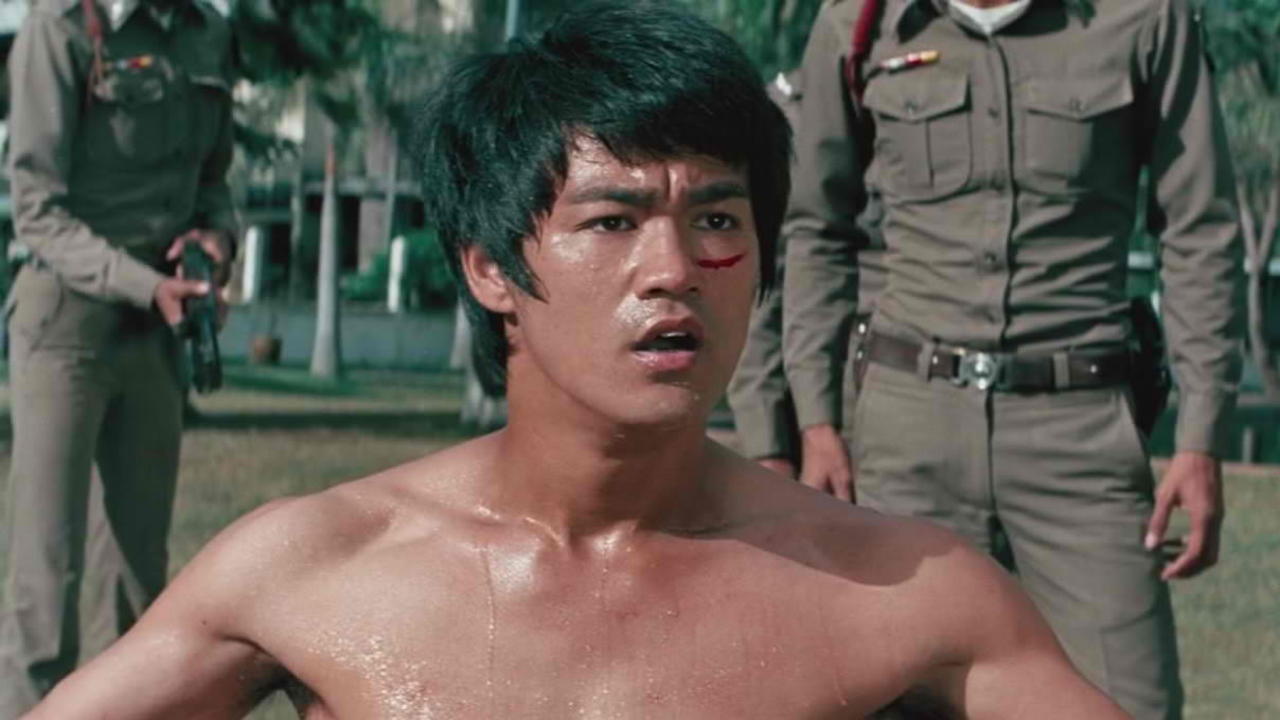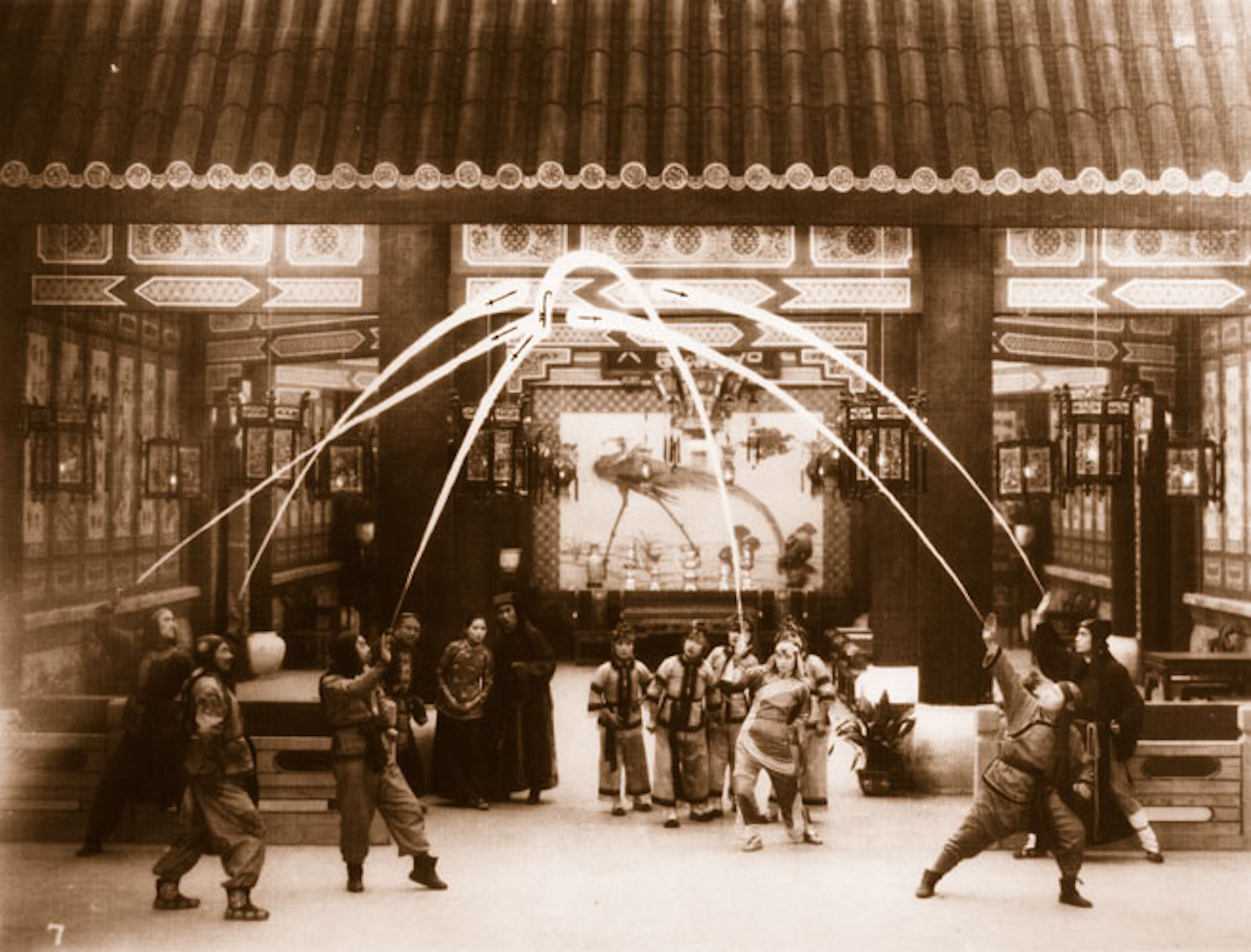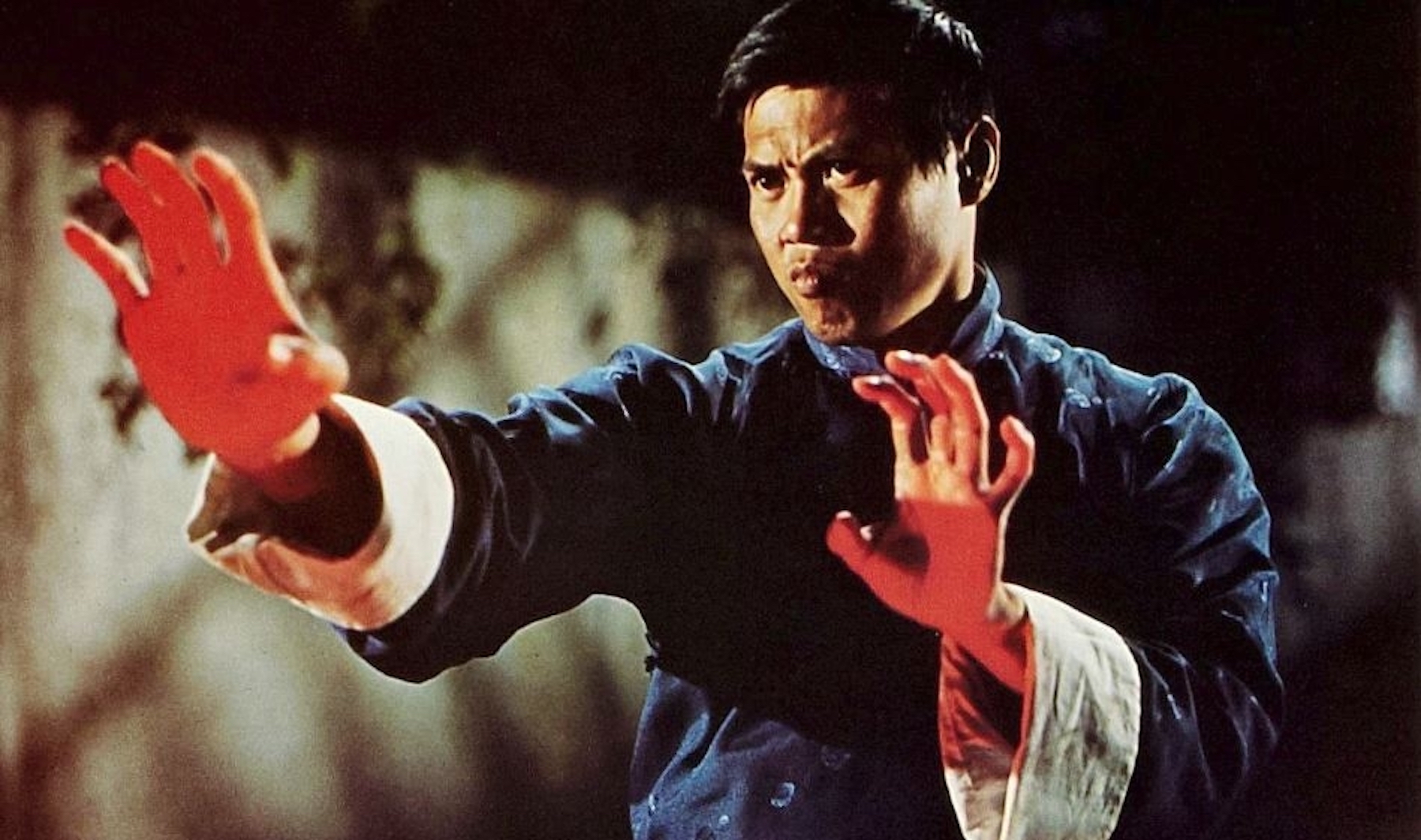By Alyssa Miller · August 9, 2023

Martial arts movies have been a staple of cinema for over a century, dating back to the silent film era. From the early days of Toshiro Mifune to Jackie Chan to the modern era of Donnie Yen, these films have captivated audiences with their exciting action sequences, colorful characters, and timeless themes.
In this article, we will take a brief look at the history of martial arts movies, from their humble beginnings in China to their global popularity today. We will explore the different genres of martial arts films, the actors and directors who have shaped the genre, and the impact that these films have had on popular culture.
The martial arts genre is derived from Asian films that focus on the skills, exploits and philosophies revolving around these particular fighting styles when employed by various recurring figures. Martial arts movies have been a popular genre for decades, and there are many different subgenres to explore.
Here are just a few of the most popular genres:
These films are typically set in China and feature realistic martial arts techniques. They often focus on the journey of a young martial artist who must overcome challenges in order to achieve enlightenment. Some classic kung fu films include The Big Boss (1971), Enter the Dragon (1973) and Shaolin Temple (1982).

The Big Boss (1971)
These films are set in ancient China and feature fantastical elements, such as flying swords and supernatural powers. They often tell stories of heroes who fight for justice and uphold the values of chivalry. Some classic wuxia films include The Legend of the Condor Heroes (1983), A Chinese Ghost Story (1987) and Crouching Tiger, Hidden Dragon (2000).

Crouching Tiger, Hidden Dragon (2000)
These films are typically set in Japan and feature the Japanese martial art of karate. They often focus on the rivalry between two or more karate schools. Some classic karate films include The Karate Kid (1984), Shogun Assassin (1980), Bloodsport (1988) and Ong-Bak (2003).

Shotgun Assassin (1980)
These films combine martial arts action with humor. They often feature a wisecracking hero who uses his martial arts skills to overcome obstacles and defeat his enemies. Some classic action-comedy martial arts films include Kung Fu Hustle (2004), Shaolin Soccer (2001) and Ip Man (2008).
These films are set in the present day and feature realistic martial arts techniques. They often explore the themes of violence, revenge, and redemption. Some classic modern martial arts films include Kill Bill: Vol. 1 (2003), The Raid(2011), John Wick (2014), and Everything Everywhere All At Once (2022).
Read More: The Hero’s Journey Breakdown: Everything Everywhere All At Once

John Wick (2014)
These are just a few of the many different genres of martial arts movies. The genre is constantly evolving, and new subgenres are being created all the time. So, whether you’re a fan of classic kung fu or the latest Hollywood blockbuster, there’s sure to be a martial arts movie out there that you’ll enjoy.
Martial arts films have been a popular genre for decades. From the early days of wuxia films to the kung fu craze of the ‘80s to the modernization of the genre through gun-fu, the legacy of the cinema is as strong as its history. So, let’s get into it.
Music, dance and acrobatics have always played an important role in Chinese theater. When cinema started to become commonplace in 1920s China with the creation of the Shanghai film industry, the first wuxia films were created. These films were set in ancient China and drew heavily on Chinese folklore and classical literature, drawing on the same storytelling that was seen on stages.

Burning of the Red Lotus Monastery (1928)
In the early 1930s, the Kuomintang government banned martial arts films, believing that the films promoted feudalism and superstition. This ban motivated the Shanghai film companies to move to Hong Kong, a British colony where Chinese government censorship did not apply. This inspired local Cantonese film studios to produce their own martial arts films.
The rise of kung fu films, which focused on more realistic, hand-to-hand combat rather than the elegant swordplay that is portrayed in wuxia films, became popular in Hong Kong.
In Japan, the martial arts genre also started to gain popularity. Akira Kurosawa, who is widely acclaimed as the second master of Japanese cinema, went against the propaganda-driven messaging in most Japanese cinema and showed the underbelly of Japan’s culture with films like Akatsuki no Dasso, which discussed the concept of comfort women.
Read More: Screenwriting and Filmmaking Wisdom from Akira Kurosawa

Seven Samurai (1954)
Working with Japanese legendary actor Toshiro Mifune, Kurosawa created samurai stories that would inspire and continue to be celebrated by film fans worldwide. The films were not only technical achievements, but they also sparked the warrior spirit in audiences everywhere. From 1948 to 1965, Toshiro Mifune worked with Kurosawa in 16 of the 17 films he made.
Ohio-based ninjutsu pioneer Stephen K. Hayes worked with Toshiro Mifune on Shogun, and said to Black Belt Magazine, “Mifune is an icon of that Asian—especially Japanese—warrior spirit So when people doing karate or judo or even classical Japanese martial arts with swords see him move and hear him speak, [they are moved]. Just his presence in a samurai film really evoked that image of the absolute, resolute warrior. So, I’d say he was really an icon and role model of that kind of energy.”
Kurosawa’s Seven Samurai (1954) created many of the visual and storytelling tropes of the martial arts genre, from the excessive amount of blood to the lone hero to the ragtag group of misfits with impressive skills. It is a film that has been ripped off and paid homage throughout cinema by filmmakers like George Lucas and Quentin Tarantino.

Drunken Master (1978)
In the 1950s, one of the most prolific Chinese characters to grace the screen came to life: Wong Fei-hung. Based on the real Wong Fei-hung, who was a Chinese martial artist, physician, and folk hero, these films became popular for their accurate fighting sequences and authentic depiction of Cantonese culture. The Wong Fei-hung films became the longest-running franchise, according to the South China Morning Post, surpassing long-standing franchises like James Bond and Godzilla.
While the genre was popular all across Asia, little was known about these films in the United States. Martial arts films started to make their way into America through theaters in Chinatowns. Writer and founder of the New York Asian Film Festival Grady Hendrix told the South China Morning Post that there were around 50 Chinatown cinemas in the United States in the 1960s.
In the 1970s, the wuxia pian (chivalrous combat film) changed its emphasis from bloody swordplay to unarmed combat. Fighting styles started to depend less on cinematic technique and more on plausibility. The return to the authentic martial arts style was much different than the early Wong Fei-hung films, and a new face in the genre helped bring in a new audience.
In most Western cultures, the spiritual and cultural elements of martial arts were long divorced from the practical application of the fighting styles. However, when films started to depart from traditional themes of martial arts films, the Western audience started to find the stories more accessible and aligned with their taste.
With themes of training, victory, and vindication becoming popular themes, films like Lo Wei’s The Big Boss (1971), also known as Fists of Fury, marked a substantial change to the genre. These films were now set in the present time rather than the historical past, presenting martial arts as a multitude of different forms including Thai and Western boxing and judo, and, most importantly, introduced Bruce Lee to the martial arts genre.
The true turning point of the martial arts genre would come with Bruce Lee. The success of Lee’s The Big Boss led to the groundbreaking co-production of Enter the Dragon (1973), which incorporated elements of Western cinema to bring a wider audience to the genre. American audiences were already familiar with Bruce Lee and his work in the TV series The Green Hornet (1966-1967), and the appetite to see actors of color on screen was present as the Blaxploitation genre was finding massive success with audiences.
“Some people did go in just to get off the streets, but a lot of the audience went because they were interested in martial arts and they wanted to find out more about them. They were trying to get glimpses of the culture and philosophy. B-boys [break-dancers] were watching them get the moves, which they started to incorporate into their dance routines,” Hendrix says to the South China Morning Post. “Martial artists would sometimes watch them in pairs, with one noting the arm work of the martial arts actors, and the other noting the leg work – they wanted to work out how Hongkongers did kung fu.”
Martial arts films took off in the US in 1973 when the Shaw Brothers’ Five Fingers of Death (also known as King Boxer) was released. “Five Fingers of Death was a revelation to US audiences,” Director Serge Ou says to the South China Morning Post. “They weren’t familiar with the rich legacy of wuxia and kung fu films, and they were dazzled by what they saw.”

Five Fingers of Death (1972)
Bruce Lee’s first two martial arts films, The Big Boss and The Chinese Connection, were released in the US, and the American audience “went bananas for him.” Hendrix says “Lee had star power, and he was a great self-promoter. He had real charisma and could do publicity in the US because he spoke English.”
By the end of May 1973, martial arts movies were coming out faster than audiences could watch them. When Enter the Dragon was released in August of ‘73, audiences were complaining that there were too many martial arts films in cinemas. The popularity waned in Western cinema but would make a comeback almost three decades later.
However, the martial arts genre took hold of Western audiences in the 1980s, and the U.S. began to produce low-budget films in that genre. Jackie Chan and Chuck Norris became stars in the ‘80s, and films like Bloodsport, The Karate Kid, Police Story and Big Trouble in Little China began to define the genre as tournament films and revenge films. These films were highly entertaining, and the craze wouldn’t die down until the 1990s.

The Karate Kid (1984)
In the late ‘90s and early 2000s, martial arts came back into popularity in American Cinema in a big way. Jackie Chan brought back martial arts choreography in a fresh new way, The Matrix films started to incorporate martial arts choreography by Hong Kong’s Yuen Woo-ping, and Ang Lee’s Crouching Tiger, Hidden Dragon made the genre cool, visually stunning, and Oscar-worthy.
While we still return to the martial arts movies of the early 2000s, many critics believe that the genre is dead again. However, the John Wick films have proved that there is just a twist on a genre that can still perform well at the box office. Known for the elaborate action sequences with guns, gun-fu has been a more recent popular sub-genre of martial arts that has been popular in Hong Kong since John Woo’s A Better Tomorrow (1986).
There is another resurgence in martial arts slowly happening with the John Wick franchise, the teenage mutant ninja turtles getting a theatrical revival with Teenage Mutant Ninja Turtles: Mutant Mayhem, and the popularity of Academy Award Best Picture Winner Everything Everywhere All at Once and it’s endless chaotic yet wonderfully entertaining fight sequences.

‘Everything Everywhere All At Once’ (2022)
There are many fantastic martial art films to watch, but here are five throughout the history of the genre that you should check out:
Kurosawa’s Seven Samurai is a quintessential martial arts movie that any fan of the genre and of cinema must watch, however, the Japanese auteur’s Sanjuro is also a masterpiece that has some of the most iconic images of all of martial arts cinema.
Sanjuro is a landmark film of the samurai subgenre as it popularized the archetype of the lone hero by focusing on a ronin, or a masterless samurai. The film also subverts traditional samurai values as the hero of the film, Sanjuro (Toshiro Mifune), is more cynical, pragmatic, and rule-breaking, helping to create more complex portrayals of samurai in later films.
Need more proof? Then watch the scene below:
Enter the Dragon is the first martial arts film to be produced by a major Hollywood studio, officially establishing the genre in Western culture. It’s hard to explain how impactful this film is as its diverse cast of characters gave people of color and women the spotlight to be total badasses as they used a variety of fighting techniques to survive. To this date, the fighting sequences crafted by Bruce Lee are astonishing to watch, and the creative eye of director Robert Clouse helped popularize the use of slow-motion in martial arts films.
Based on Frank Dux’s debunked claims of a Kumite in Black Belt Magazine, Bloodsport introduced the world to Jean-Claude Van Damme, who would later become one of the biggest action stars of the ‘90s. The film features iconic fight scenes and popularized the concept of underground martial arts tournaments. Bloodsport also introduced Western audiences to the art of ninjutsu, helped influence the development of mixed martial arts, and served as the inspiration for the Mortal Kombat video game.
In many of the best martial arts films, women are granted the same lethal prowess as men but often end up as side characters. However, Quentin Tarantino’s Kill Bill: Vol 1 places women at the forefront of this revenge tale. The plot follows the Bride (Uma Thurman), who awakens from a years-long coma and seeks bloody vengeance on each member of the Deadly Force 5. Taking inspiration from Seven Samurai, Tarantino masterfully crafts an intense, gory fight between the Bride and the Crazy 88 at the of the first film, a scene so blood-soaked that the American filmmaker had to convert a portion of it to black and white to avoid an X-rating from the MPAA. Kill Bill: Vol 1 (and Kill Bill: Vol 2 if we are honest) is an excellent presentation of exceptional martial arts storytelling in a heightened stylized manner that blends classic Americana with the B-martial art movies of the ‘70s.
While Ip Man is a fantastic film, its sequel, Ip Man 2: Legend of the Grandmaster, is a modern masterpiece of the martial arts genre. Ip Man 2 builds on the legendary Wing Chun grandmaster’s story with even more impressive fight sequences and an intriguing storyline. One of the best sequences is the breathtaking final confrontation between Ip Man (Donnie Yen) and the British boxing champion known as The Twister (Darren Shahlavi). The choreography and composition of shots showcase each fighter’s skills, making it an entertaining yet educational film in martial arts.
—
The martial arts genre is vast with a long history that spans over 100 years of cinema. While this article covers the important details of the genre, there are still so many subgenres and interesting points that lovers of the genre could spend hours dissecting. Knowing about cinema is vital, but watching it is equally as important. Now that you know most of the history of the martial arts genre, start watching and discovering your new favorite films.